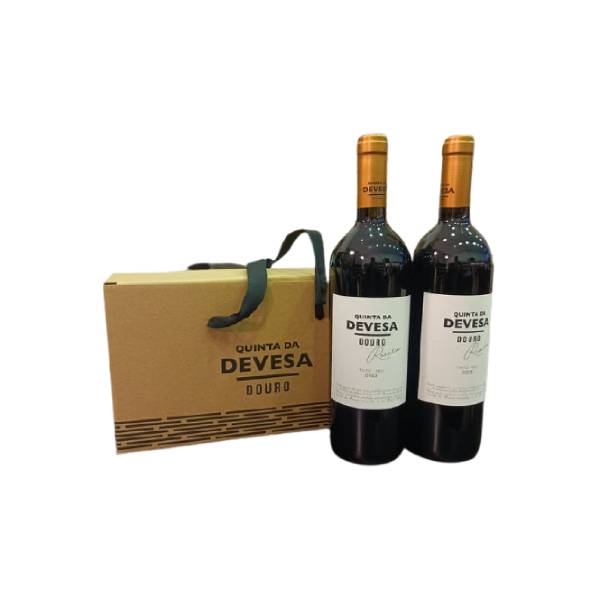Description

Quinta da Devesa has a centuries-old history. In 1844, the well-known Baron de Forrester included this property on what was the first map of the Douro Demarcated Region. But the most important history of this property began in the last century, in 1941, when the Fortunato family acquired the Quinta, thus beginning a new phase of greater investment in wine production, with a special focus on Port Wines. Later, references to DOC Douro wines also appeared, which reinforced its presence in the national and international wine market.
Quinta da Devesa today continues to be an independent, future-oriented family company, with a presence in several international markets. The investment made in recent years has managed to bring greater recognition from wine lovers and specialized critics. The result of all this is also visible through the huge collection of national and international awards achieved to date.
The Corgo and Douro rivers have served as the landscape for Quinta da Devesa for a long time. And what a landscape! From the top of the vineyards and the imposing terraces, it is possible to observe the connection of the two rivers, embraced by the mountains and valleys of the magnificent Douro region. The property is located on the limits of the sub-regions of Baixo and Cima Corgo, in the parish of Canelas, and very close to Peso da Régua, one of the region's reference locations, and home to some of the most renowned wine producers in our country. . It is indeed a very special place, and clearly worthy of a careful and timely visit.
In total, Quinta da Devesa can count on 34 hectares of vineyards planted at an altitude of between 50 and 500 meters, with north, south and west sun exposure. This way it is possible to enjoy many hours of sunlight in the south-facing vineyards and the freshness guaranteed by the north orientation. All of this is conducive to guaranteeing different maturations over time, allowing for better harvest management. An important aspect is that all Quinta da Devesa wines are produced only with grapes from its property, ensuring total control of production and thus guaranteeing excellent final quality.
All vineyards are managed according to a minimal intervention system known as “Integrated Production”. Since 2016, Quinta da Devesa's vineyards have been managed according to the principles of Integrated Production, a rigorous production method that advocates as little intervention as possible in the vineyard. In practice, this means restricting, as much as possible, the type and quantity of treatments applied to vines to control pests and diseases.
Prevention is key and, therefore, it is essential to contact vineyard employees to obtain information. The information obtained is used to carry out risk analyzes and identify potential threats to the vines, in order to avoid the need for aggressive treatments.
Another beneficial aspect of agricultural management introduced by the viticulture team has been the use of interplanting, that is, sowing between the vineyards. These help to conserve moisture and combat erosion, also contributing organic matter to the soil. These cover crops are a defense against weeds and provide an alternative habitat for insects, which are an essential part of the food chain. In this way, the vineyards provide a healthy habitat for birds, reptiles and mammals, ensuring adequate biodiversity and a balanced and sustainable environment.






